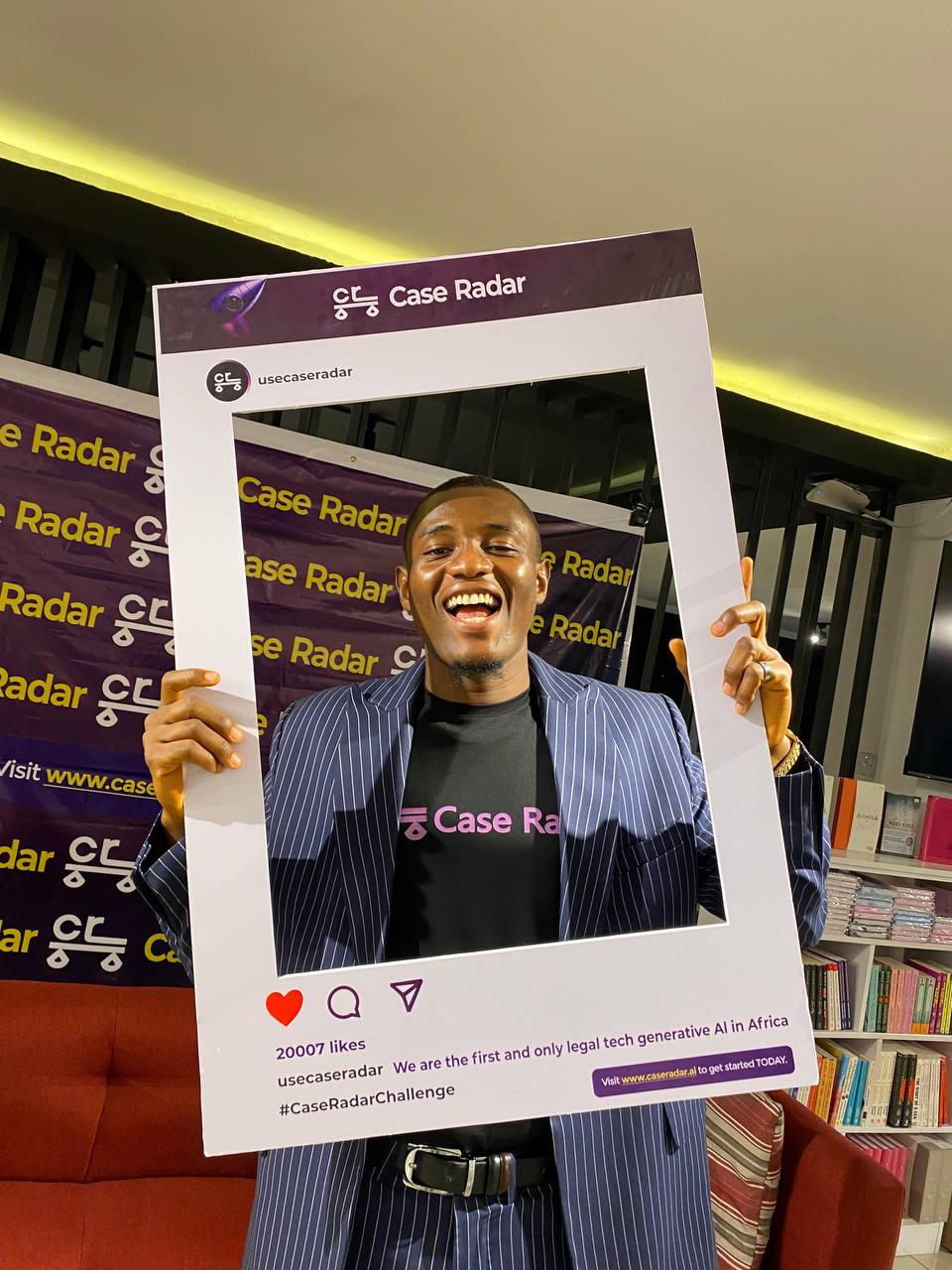YouTube’s updated monetization policy, which took effect on July 15, 2025, has sent ripples through the creator community. Despite widespread concern and some misleading headlines, the platform hasn’t banned AI-generated content outright. Instead, YouTube is refining its approach to prioritize “original and authentic” content under the YouTube Partner Program (YPP), targeting what it describes as “mass-produced, repetitious, or inauthentic” material.
What’s Actually Changing
The new policy represents a shift in YouTube’s philosophy rather than a blanket prohibition on AI tools. The platform is specifically targeting content that appears to be churned out with minimal human input or creative oversight. This includes videos that are clearly mass-produced, repetitive in nature, or lack genuine human perspective.
YouTube’s move comes as the platform grapples with an influx of AI-generated content that, while technically compliant with existing rules, often provides little value to viewers and can dilute the overall quality of the platform. By tightening these guidelines, YouTube aims to maintain advertiser confidence while ensuring that monetization benefits creators who invest genuine effort in their content.
The Gray Areas
One of the most challenging aspects of the new policy is determining where the line falls between acceptable AI assistance and problematic automation. Many successful creators already use AI tools for various aspects of their production process, including thumbnail generation, background music creation, script research, and video editing assistance.
The key distinction appears to be the level of human involvement and creative input. Using AI to enhance your creative process is different from having AI become your entire creative process. Creators who use AI tools while maintaining their unique voice, perspective, and creative control are likely to continue thriving under the new guidelines.
Impact on Different Creator Types
The policy change affects creators differently depending on their content strategy. Those who have built their channels around high-volume, AI-assisted content may need to adapt their approach significantly. This includes channels that produce multiple daily uploads with minimal human oversight or creative input.
However, creators who use AI as a tool while maintaining authentic engagement with their audience should see minimal disruption. In fact, some may benefit from reduced competition as purely algorithmic content becomes less viable.
Protecting Advertiser Trust
YouTube’s emphasis on authenticity isn’t just about creator welfare—it’s also about maintaining advertiser confidence. Brands want their ads associated with content that resonates with real audiences, not just content optimized for algorithmic engagement. By prioritizing authentic content, YouTube is working to ensure that advertising dollars support creators who provide genuine value to viewers.
This approach reflects broader industry trends as platforms grapple with the challenge of AI-generated content at scale. The goal is to harness the benefits of AI technology while preserving the human elements that make content compelling and trustworthy.
Adapting to the New Landscape
For creators concerned about the policy changes, the path forward involves finding the right balance between efficiency and authenticity. This might mean reducing upload frequency while increasing the quality and personal investment in each video. It could involve being more transparent about AI tool usage while ensuring that human creativity remains the driving force behind content decisions.
Successful adaptation likely requires creators to focus on what makes their perspective unique. AI can assist with research, editing, and production tasks, but the creative vision, personal insights, and authentic engagement with audiences should remain distinctly human.
The Broader Implications
YouTube’s policy shift reflects a maturing understanding of AI’s role in content creation. Rather than treating AI as either wholly beneficial or entirely problematic, the platform is attempting to create guidelines that encourage responsible use while discouraging exploitation.
This nuanced approach may serve as a model for other platforms grappling with similar challenges. As AI tools become more sophisticated and accessible, the question isn’t whether creators will use them, but how platforms can encourage their use in ways that enhance rather than replace human creativity.
Looking Forward
The long-term success of YouTube’s new policy will depend on how effectively it can be implemented and whether it achieves its dual goals of maintaining content quality and supporting authentic creators. Early indicators suggest that while some adjustment is inevitable, the changes are more evolutionary than revolutionary.
For creators, the message is clear: AI tools can be valuable allies in the content creation process, but they shouldn’t become substitutes for human creativity, insight, and authentic engagement with audiences. Those who master this balance are likely to find themselves well-positioned in YouTube’s evolving ecosystem.
The platform’s approach represents a thoughtful response to the challenges posed by AI-generated content, prioritizing quality and authenticity while still allowing creators to leverage technological tools. As the creator economy continues to evolve, this balance between human creativity and AI assistance will likely become increasingly important across all platforms and content types.
This policy shift underscores the importance of maintaining authentic connections with audiences while embracing technology as a tool for enhancement rather than replacement. For creators navigating these changes, the key is finding ways to use AI that amplify rather than diminish their unique voice and perspective.




